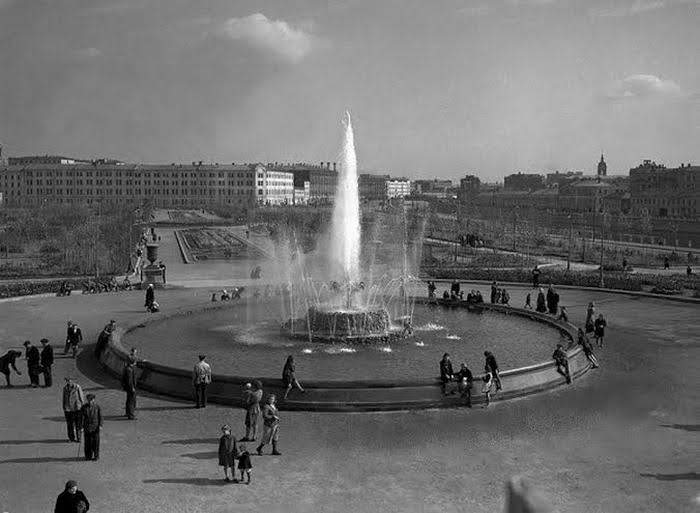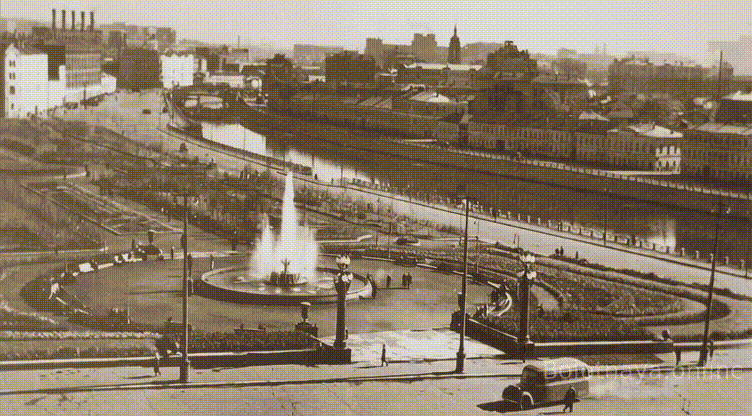History
Photo History of Bolotnaya Square
History of Bolotnaya Square: From Moscow Swamp to Cultural Heart of the Capital
Introduction: The Historical Heart of Moscow
Bolotnaya Square is one of the most famous historic landmarks in the Russian capital, located just steps away from the Kremlin. Once an actual swamp — which gave the square its name — this area has transformed over the centuries into a popular spot for walking, cultural events, and sightseeing.
17th–18th Centuries: From Swamp to City Square
The history of Bolotnaya Square dates back to the late 17th century. In 1695, by order of Peter I, the Church of Saints Peter and Paul was built on the future site of the square. Originally, it was part of plans to move the Russian capital to Saint Petersburg, but after the government center returned to Moscow, the church became an important local landmark.
During the 18th century, the area began to change. In 1780, a church dedicated to the Tikhvin Icon of the Mother of God was constructed here. Then, in 1804, construction began on the Moscow University Clinic on the former swampy land — a project completed in 1828.
A Stage for Public Events and Protests
Throughout its history, Bolotnaya Square has been a focal point for public gatherings. The most notable event of the 21st century was the 2011 “Bolotnaya Protests,” a large-scale demonstration sparked by the State Duma elections. These rallies brought thousands of participants and became a landmark moment in modern Russian political history.
Cultural Life and Tourism
Today, Bolotnaya Square is a vibrant cultural space. A monument to the great painter Ilya Repin stands here, and the area is home to cafes, restaurants, art exhibitions, and live performances.
One of the most colorful events in recent years was the “Colorful Nights” festival, launched in 2018, which has since attracted thousands of Muscovites and visitors from around the world.
Conclusion: A Symbol of Old and New Moscow
Bolotnaya Square is where the past meets the present. From swampy lowlands to a hub of city life, it remains a vital part of Moscow’s history and a symbol of its cultural diversity.





